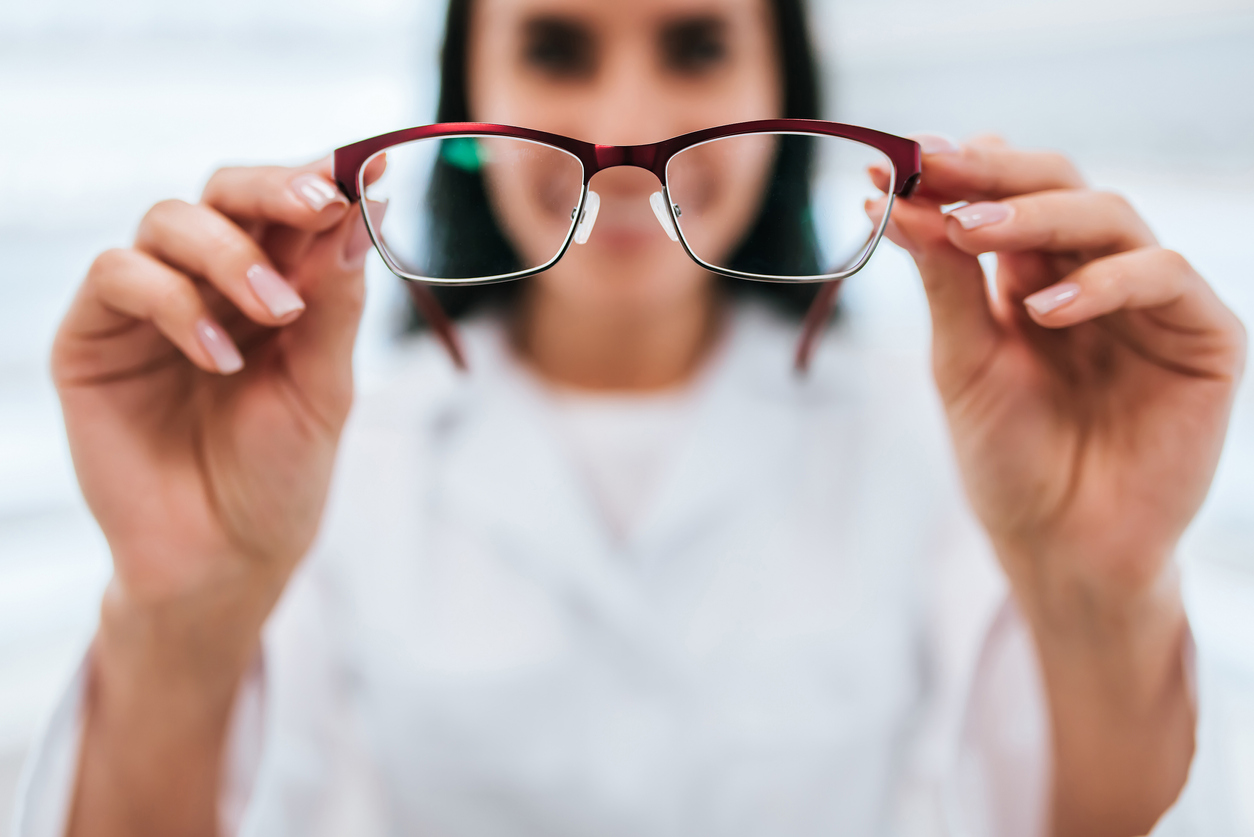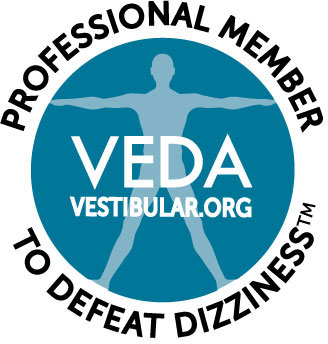It’s not surprising that eye strain is more prevalent today than ever before, considering that in the digital world in which we live many people are required to sit in front of a computer for hours at a time. This is even more of a problem for people who have Binocular Vision Dysfunction (BVD), as they’re much more susceptible to eye strain as well as other vision-related issues such as headaches, migraines and tired eyes. BVD is a condition that we often encounter here at the Neuro Visual Center of New York, and there are some important things you should know about it.

What Is Binocular Vision Dysfunction?
For patients with BVD, the eyes are slightly out of alignment, which makes it very hard for them to line up in the position needed to achieve one clear, focused image. As a result of this misalignment, a lot of stress and strain is put on the eye muscles as they struggle to correct the problem.
BVD can cause uncomfortable and sometimes debilitating physical symptoms to arise, including headaches, nausea, dizziness and disorientation. Many people go to the doctor seeking treatment for dizziness or even vertigo treatment, not realizing that the root of the problem is their eyes rather than their vestibular system. It’s also common for people with BVD to have difficulties with reading and reading comprehension. What makes it so hard for this condition to be diagnosed is the fact that some patients have only one of the symptoms of BVD, while others have multiple symptoms.
The Causes & Symptoms of BVD
There are a variety of factors that can lead to the development of BVD, including head trauma, facial asymmetry, asymmetry that develops with age, and injuries that cause damage to the nerves that control the eye muscles. BVD can also be genetic, though it often doesn’t manifest until later in life. It can be tough to diagnose a binocular vision disorder such as vertical heterophoria because its symptoms can also be associated with other neurological, vestibular and eye disorders. These symptoms include:
- Motion sickness
- Nausea
- Pain in the upper neck & back
- Pain in the face & eyes
- Sensitivity to light
- Problems with balance & coordination
- Limited depth perception
Treating BVD With Prismatic Lenses
At the Neuro Visual Center of New York, Drs. Cheryl Berger Israeloff and Marissa Zimmerman have developed unique treatment methods customized to each patient to address binocular vision issues. These include prescribing custom prism glasses and prismatic contact lenses as well as specialized eyewear for sports and computer use. To learn more about the diagnosis and treatment of BVD or to set up an appointment with one of our neurovisual specialists, give us a call today at (516) 224-4888.






I need help so much I know I have this and I’ve been to many doctors and they don’t mention this at all and I know 100% I have this and no one is helping I live in Salt Lake City Utah and it’s destroying my life I can’t even go in the car or go anywhere with our feeling like I’m gonna fall I’m 19
Hi Elijah,
We are so sorry that you are suffering so much. Please visit the Vision Specialist of Michigan website to find a qualified doctor closest to you.
The Neuro Visual Center
My daughter was finally diagnosed with BVD after 4 years. She just received her glasses yesterday, but they made things way worse, and she ended up feeling miserable. Her Dr. said it would take some time to get used to the glasses, so to only wear them for an hour at a time for the first few days until she gets used to them. From all the research we have read on this it seems that when the patient puts the glasses on for the first time they feel instant relief. What is going on? Please help! Not sure what to believe!
Please contact your doctor. Every case is different.
The Neuro Visual Center